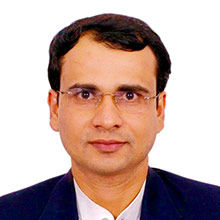The annual rate ofinflation, based on monthly Wholesale Price Index (WPI), stood at 9.9 percentfor the month of March, 2010 (over March, 2009) as compared to 1.2 per centduring the corresponding month of the previous year. High inflation in foodarticles at 17 per cent under primary article group could be considered mainlysupply side phenomena as supply deficits the demand. The high prices in nonfood articles (which constituted primarily by raw cotton, oil seeds andsugarcane) have been driven by Minimum Support Price (MSP) operations earlier.Now they are rising with market demand recovery process. Inflations in thecategory of fuel, power light and lubricants are inflamed by increase ininternational crude oil prices and also partly because of rebound in economygrowth rate. However, their trends are governed by government policies also,which are notched up recently.
The industrial revivalwas helped by a smart pickup in domestic demand. Industrial output rose by 10.1per cent in April-February against 3 per cent formerly with well performancesin all core industries. The positive trend in exports since October 2009 hasalso been helpful in industrial revival. The demand recovery now explains therebound in inflation rates in India for manufactured goods. Other effects suchas a hike in excise and customs duties have worsened what had initially startedas drought induced food price inflation. In fact, raw material and input costshave also gone up substantially along with demand side pressures. Thus, thetrajectory of inflation in the country has displayed a multifaceted morphingwhereby it has evolved from a supply side phenomenon to a broader basedfeature, which has feedback effects into the other components of headlineinflation viz. non-food manufacturing.
ReadFull Article


Comments